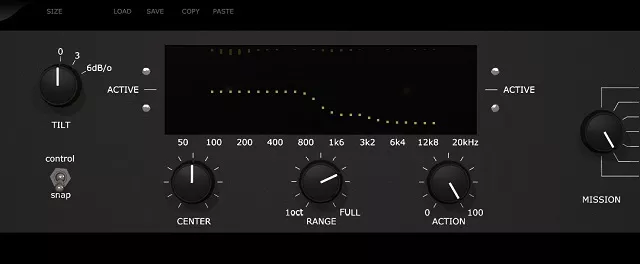Sknote SoundBrigade v.3.7.6.0 (VST3) [WIN]
A brigade of filters with a mission.
Evidence, Mastering, Mixing, Product, Software, Software Product.
A “Brigade” of filters has a “Mission” assigned (an algorithm).
They act in reaction to incoming signal, only in the frequency range assigned by the user.
The special configuration of the filters and the way they interact make SoundBrigade a new and unique effect.
Tame – A track contains a frequency band which stands up too strong but an EQ isn’t the way to go. The action of the filters tames its level, while being transparent and preserving dynamics.
Control – Some tracks may require to get a fuller spectrum, not only by taming peaks but also by “upward” compressing components.
Wakeup – To be used on dull tracks, where dynamics are too compressed, or the spectrum is flat. Also interesting for experimenting. High peaks get higher, low valleys get lower.
Rotate – No EQ action, no modifications of the spectrum, just phase rotation. The more the filters are focused on a narrow range, the stronger their action. So called “dispersion” (makes “tac” sound “twack”), in a different way. Try it on strong peaks, as a de-esser, on pops and more.
Note: Only Center and Range controls affect the “Rotate” Mission.
Master – Like Tame but filters’ parameters have a strong frequency dependence, suitable for a mix.
NEW in v.2 – Dry-out. No thresholds, dries-out tails from the sound in the selected frequency range. Too much reverb somewhere? This could be magic.
NEW in v.2 – De-snap. No thresholds, tames peaks in the selected frequency range. Some frequencies are too dynamic? Set and go.
Threshold – Set the internal level threshold for the filters. The actual value is related to Tilt control (see below).
Tilt – Music contains more energy in low frequency range, less energy in higher frequency range. Looks like a slope from 4.5 to 6dB/octave. The action of the filters is smoother if their thresholds are aligned to the overall spectrum. It is NOT a tilt EQ. For example, if Threshold is set to 0dB and Tilt is set to 6dB/octave, a filter centered at 100Hz (one octave about the reference, 50Hz) has a threshold of -6dB.
Makeup – a simple makeup gain after the effect.
Control/Snap switch – Selects time constants for the effect. Snap is generally a bit slower, tuned to enhance attacks.
Center – set the center frequency for the range of action.
Range – set the width of the range of action. No effect is applied out of this range.
Action – scales the overall action of the effect, from dry to max sensitivity.
Mission – the algorithm for the filters.
Display – its mode changes with the selected Mission. Bars show input levels, small squares show filters’ action. No units, action is more complex than that, is useful just as a visual reference.
- Share on Facebook





